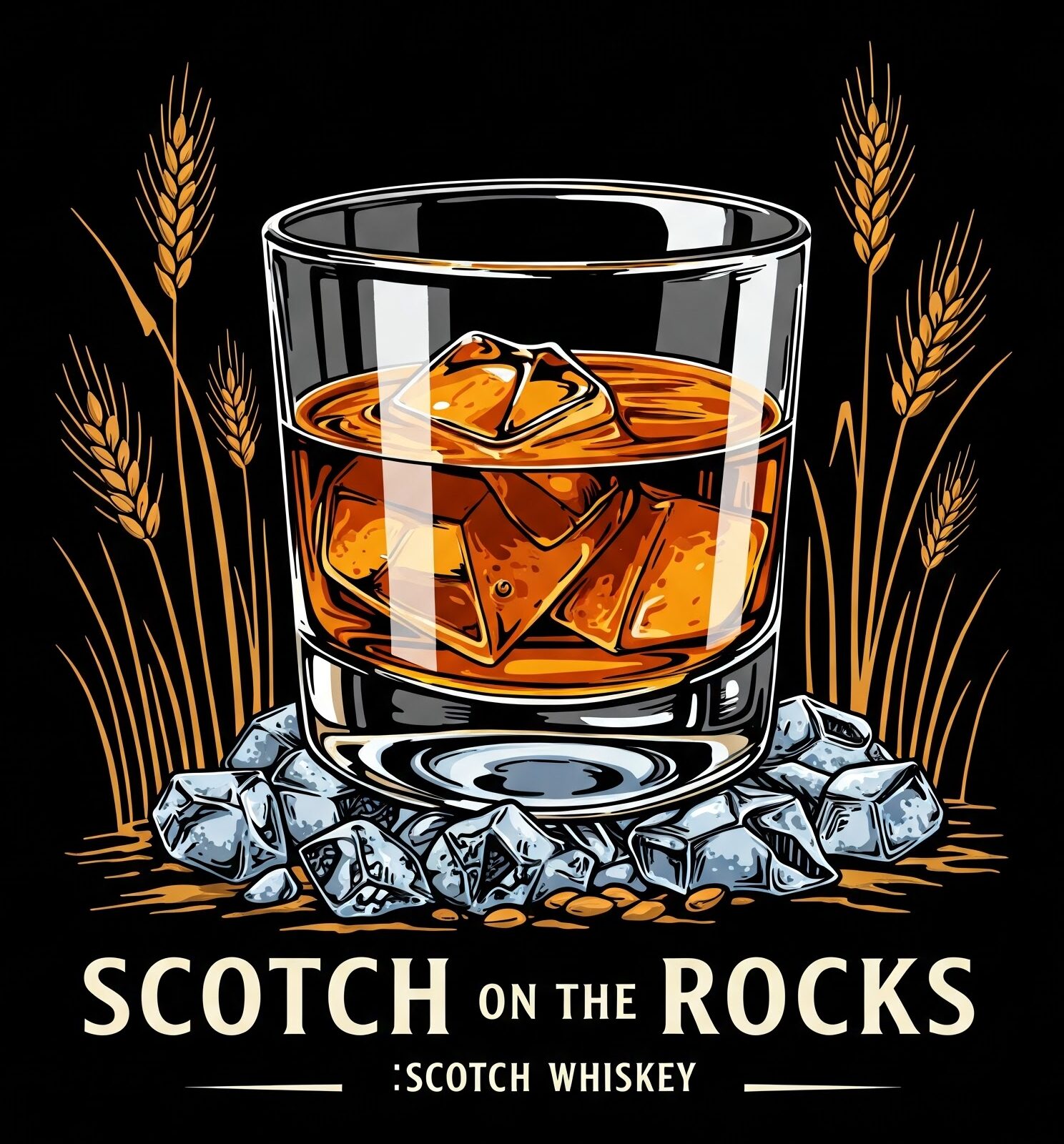
Whiskey History Series: Part 1
The Origins of Whiskey – From Alchemy to Uisce Beatha
Before it filled glasses and fueled revolutions, whiskey was an experiment in alchemy—a mysterious product of fire, water, and time. Its origin story is older and more widespread than most drinkers imagine. To understand how whiskey came to be, we need to go way back—to a time when distillation wasn’t for pleasure, but for potion-making and early medicine.
⸻
The First Drops: Ancient Distillation
The roots of whiskey can be traced to ancient Mesopotamia and Egypt, where early alchemists and physicians experimented with distillation around 2000 BCE. But these distillates weren’t spirits—they were fragrances and medicinal elixirs, not intended for drinking. The process itself was still a mystery, used primarily for extracting the essence of plants and flowers.
The practice spread east and west, eventually preserved and expanded upon by Arab scholars during the Islamic Golden Age. These early scientists refined distillation tools and methods, recording their work in detailed texts that would later be translated into Latin and shared across medieval Europe.
⸻
Distillation Arrives in Europe
It wasn’t until around the 12th century that distillation began to enter the realm of spirits, thanks to monks and scholars in Europe. These religious orders were often the keepers of knowledge, and they had both the time and the tools to experiment with fermentation and early distillation.
The turning point came when Christian monks in Ireland and Scotland began using distillation for more than medicine. They applied it to fermented grain mash—and just like that, the first versions of whiskey were born. They called it uisce beatha, Gaelic for “water of life.” It was unaged, fiery, and probably pretty rough by modern standards, but it was beloved.
⸻
Uisce Beatha: The Water of Life
The term uisce beatha (pronounced ish-ka ba-ha) was eventually anglicized to “usquebaugh,” and then simply to whiskey. The name stuck, and the drink quickly spread beyond the monasteries. Local farmers took up distilling, using surplus barley and other grains to make their own potent spirits.
Whiskey became more than a drink—it was a symbol of local identity and tradition, especially in remote and rural communities where it offered comfort, celebration, and even currency.
⸻
A New Spirit is Born
By the end of the 15th century, whiskey was no longer just a monk’s medicine—it had become a cultural staple. While still a long way from the refined, barrel-aged spirits we know today, the groundwork had been laid.
This was only the beginning. The next few centuries would see whiskey evolve, divide, and spread across the world—shaped by politics, war, innovation, and rebellion.
⸻
Up Next: Part 2 – Ireland vs. Scotland: The Battle of the Bottle
We’ll explore the diverging paths of Irish whiskey and Scotch whisky, how their methods and identities evolved, and the friendly (and not-so-friendly) rivalry that still defines them today.
